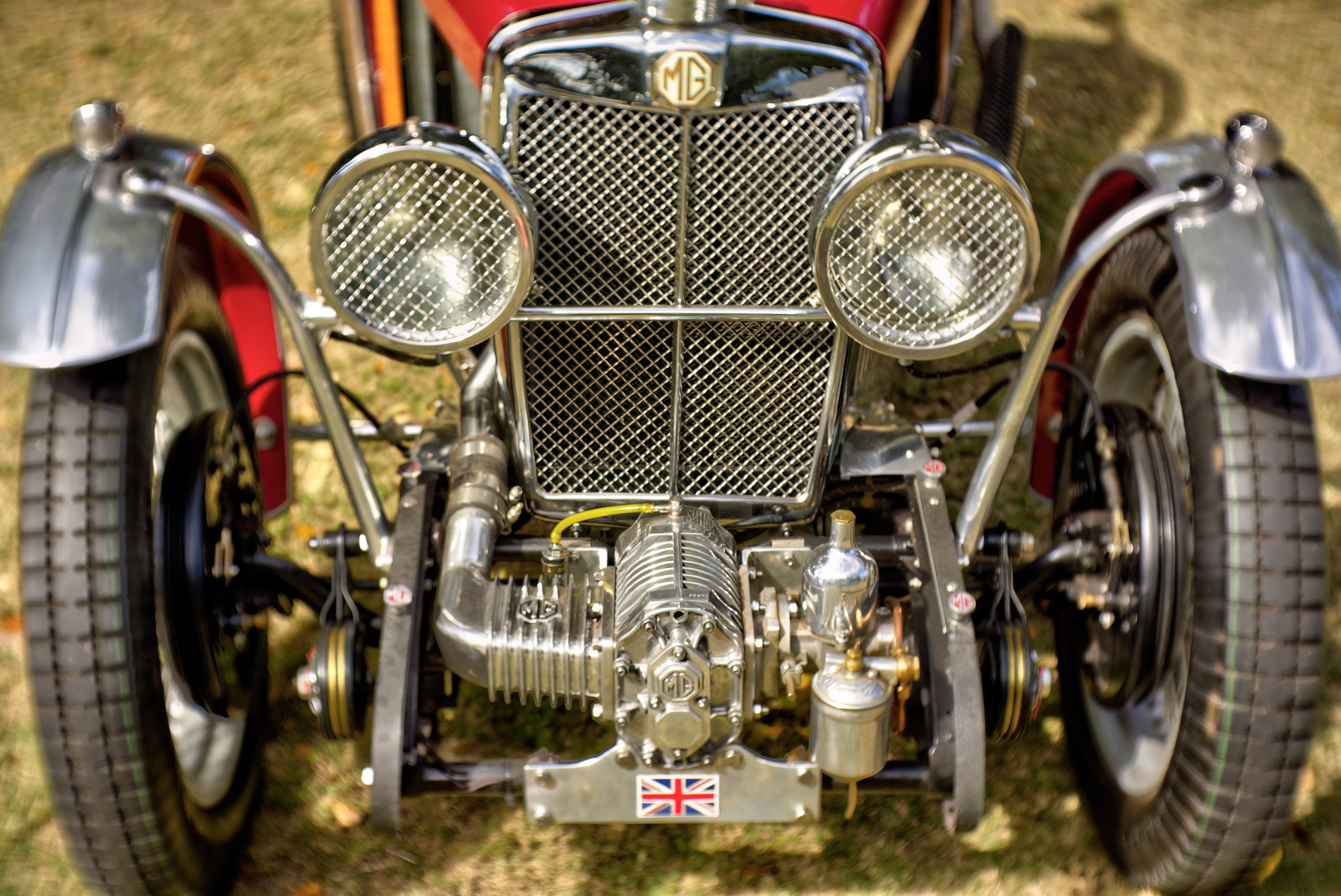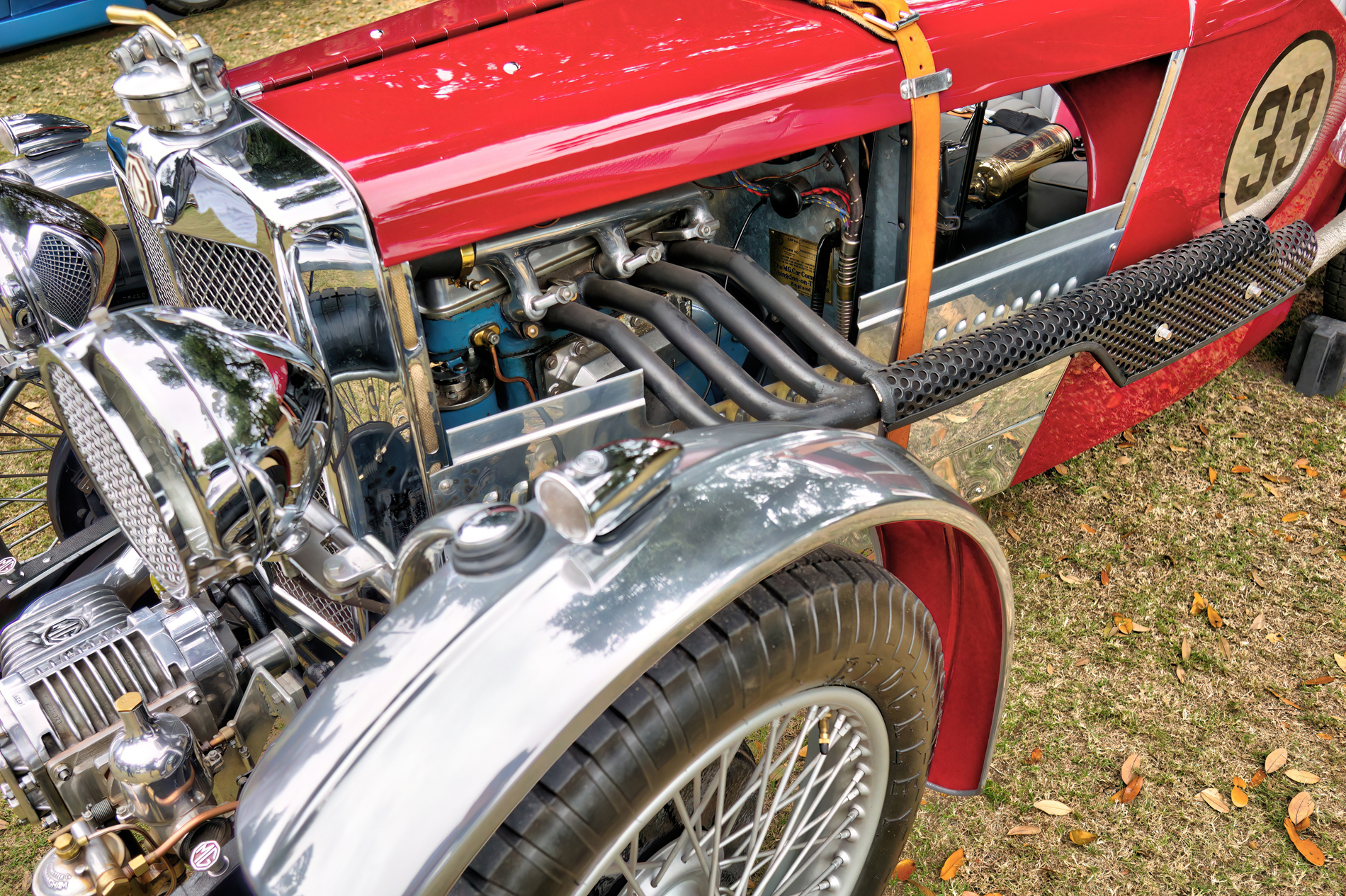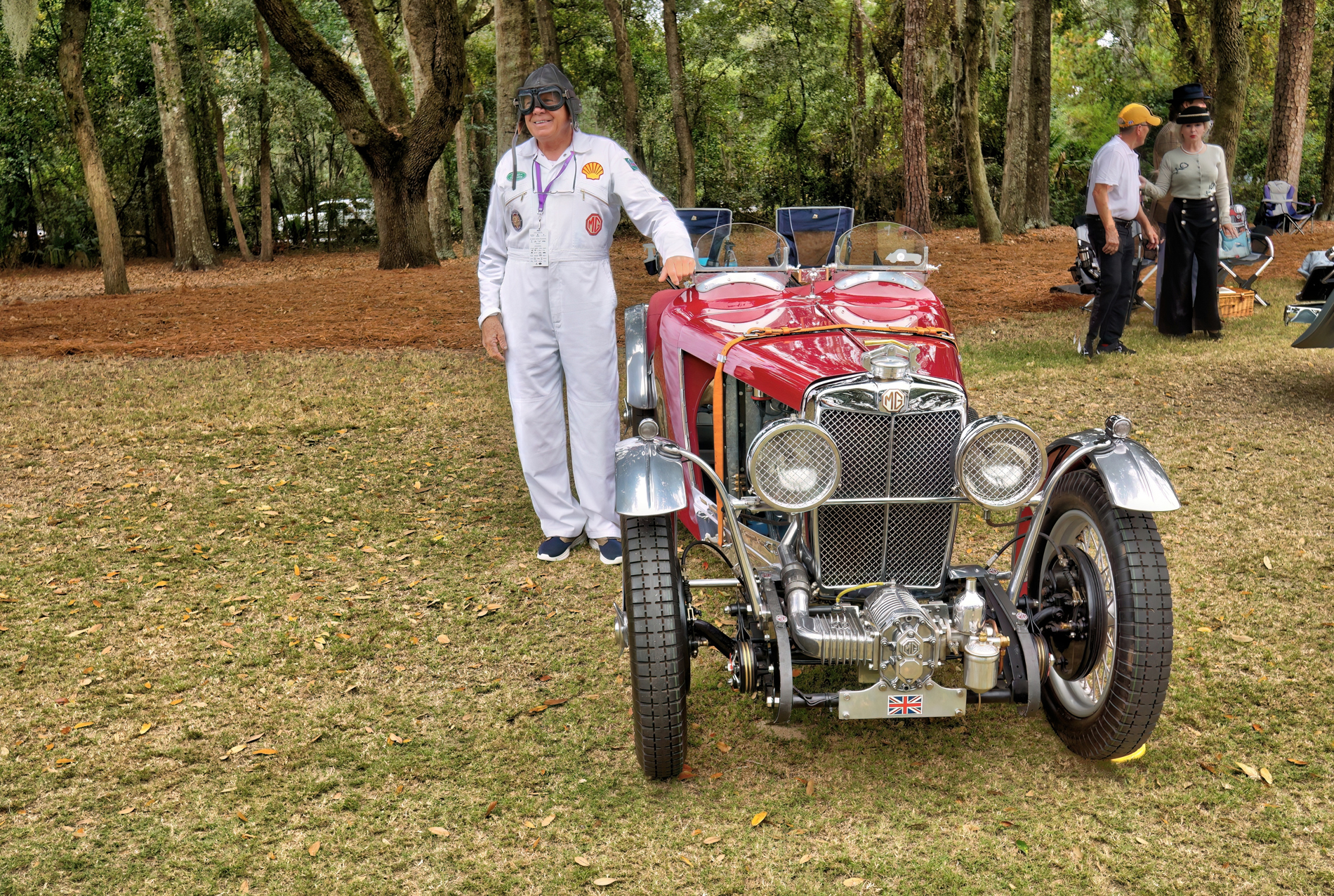
The 1932 MG J2 Special Racing Version epitomizes the charm of pre-war British sports cars, blending lightweight design, nimble handling, and spirited performance. Based on the MG J2, this special racing variant was tailored for enthusiasts who sought competitive edge on the racetrack. With its distinctive style and motorsport pedigree, the J2 Special remains a revered example of early MG engineering.
Background
- Manufacturer: MG (Morris Garages)
- Model Year: 1932
- Model: J2 Special Racing Version
- Significance: The MG J2 was part of the "Midget" series, which set the standard for affordable and competitive sports cars in the 1930s. The racing variant showcased MG’s commitment to motorsport.
Specifications
- Engine:
- Type: 847 cc inline-four with overhead camshaft.
- Output: Approximately 36 horsepower in standard form; modified racing versions could produce up to 45 horsepower.
- Fuel System: Single or dual SU carburetors, depending on the specification.
- Tuned versions often featured high-compression pistons, improved valve timing, and custom exhaust systems for enhanced performance.
- Transmission: 4-speed manual gearbox, noted for its precise and quick shifts.
- Chassis: Steel ladder-frame chassis, reinforced for racing durability.
- Suspension:
- Front: Beam axle with semi-elliptic leaf springs.
- Rear: Live axle with quarter-elliptic leaf springs.
- Brakes: Cable-operated drum brakes on all four wheels, adequate for its lightweight design.
Design and Features
- Exterior:
- The racing version often featured stripped-down bodywork to reduce weight.
- Aerodynamic enhancements included cycle wings, a narrower body, and a streamlined tail.
- Some versions were equipped with external fuel fillers and racing windscreens for competition use.
- Wire-spoke wheels were standard, often paired with racing tires for improved grip.
- Interior:
- The cockpit was minimalist, with lightweight bucket seats, simple gauges, and a focus on functionality.
- Custom modifications, such as relocated shifters or repositioned pedals, were common for racing setups.
Performance
- Top Speed: Approximately 75 mph (121 km/h) in standard form; racing versions could exceed 80 mph (129 km/h).
- Acceleration: Quick for its time, thanks to the car's light weight and responsive engine.
- Handling: Renowned for its agility, the J2 Special Racing Version excelled in corners and provided a lively driving experience.
Motorsport Legacy
- Racing Achievements: The J2 Special saw success in club racing and hill climbs during the 1930s. Its lightweight design and reliable mechanics made it a favorite among privateers.
- Customization: Many racing J2s were heavily modified by their owners, with upgrades to suspension, engines, and aerodynamics tailored to specific events.
Legacy
- Historical Significance: The MG J2 Special Racing Version played a pivotal role in establishing MG as a key player in affordable motorsport.
- Collector’s Appeal: Today, the J2 Special is a prized collector's car, valued for its rarity, racing history, and charming pre-war design.
- Cultural Impact: It helped solidify MG’s reputation for producing engaging, driver-focused cars, a legacy that continues in modern MG models.
Summary
The 1932 MG J2 Special Racing Version is a remarkable blend of vintage racing spirit and British craftsmanship. Its lightweight construction, sporty dynamics, and competitive pedigree make it a standout among pre-war sports cars. For enthusiasts, it embodies the golden age of amateur motorsport and the enduring appeal of MG’s early innovations.
Taken at the Hilton Head Concours
You may purchase a print of the 1932 MG J2 Special Racing Version in our dElegance 2024 online gallery.
The Vintage Automobile Article Index




